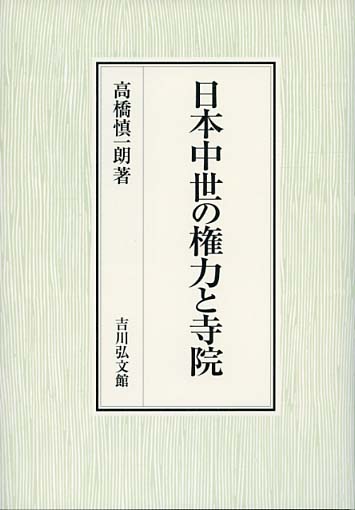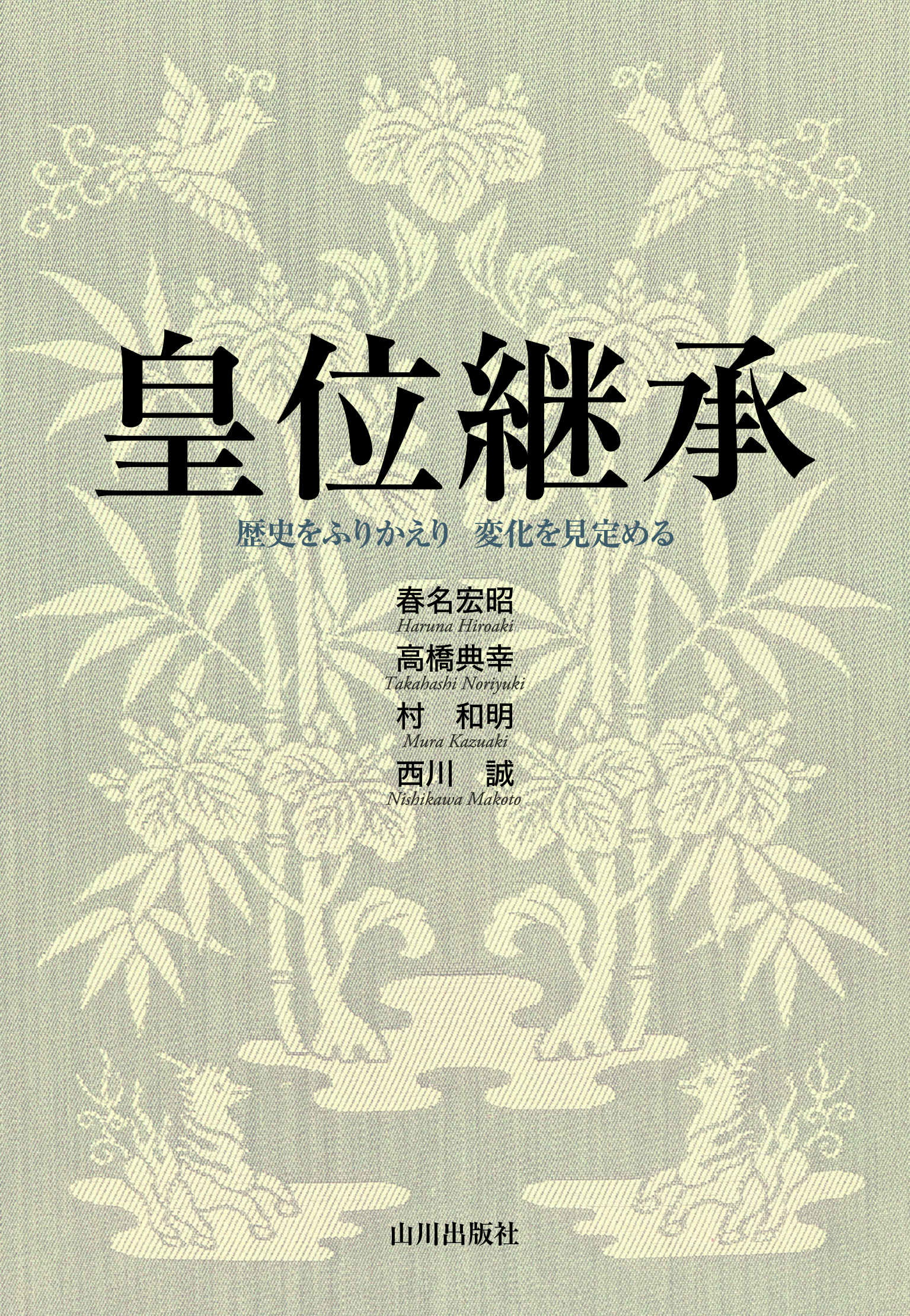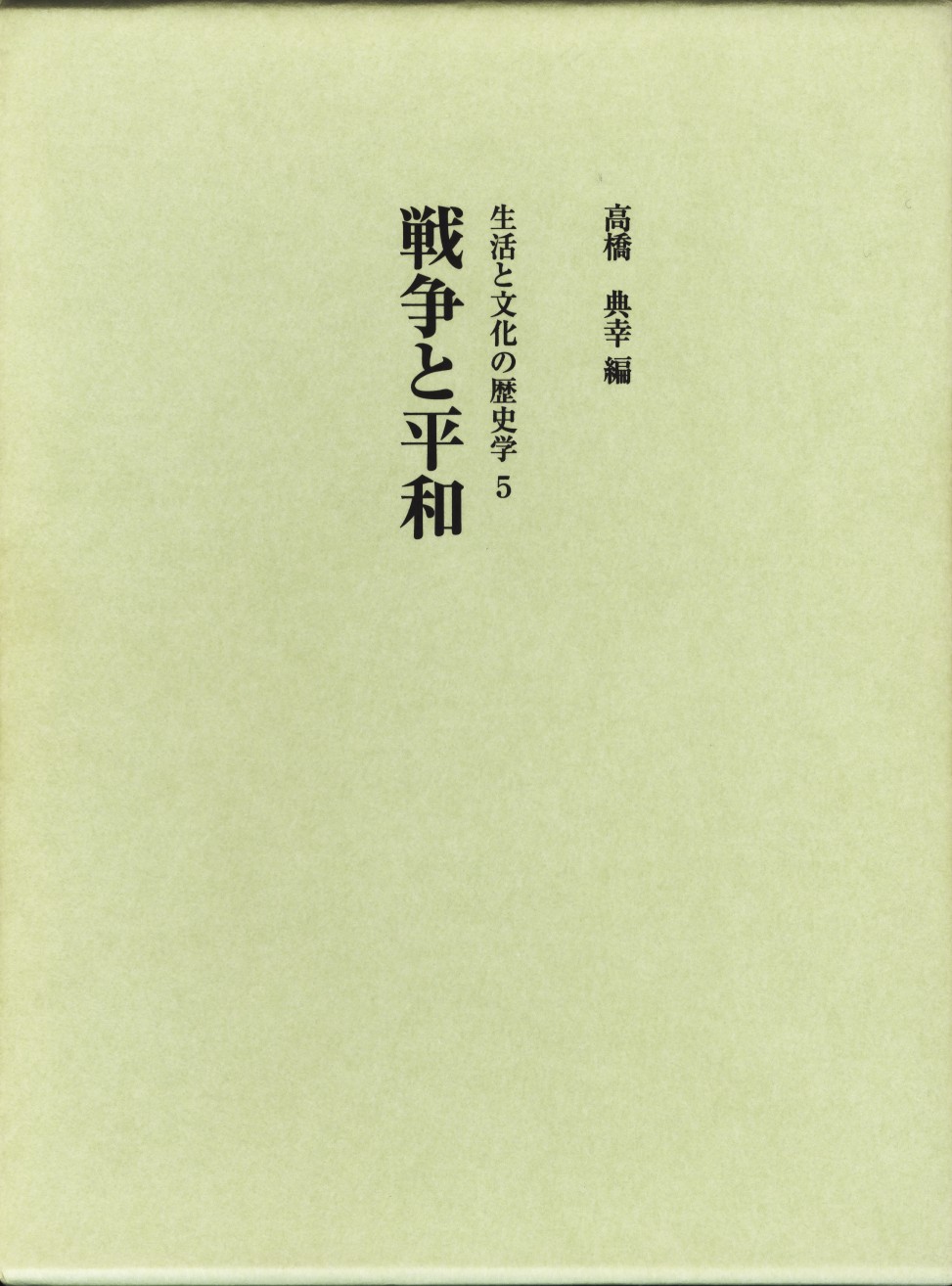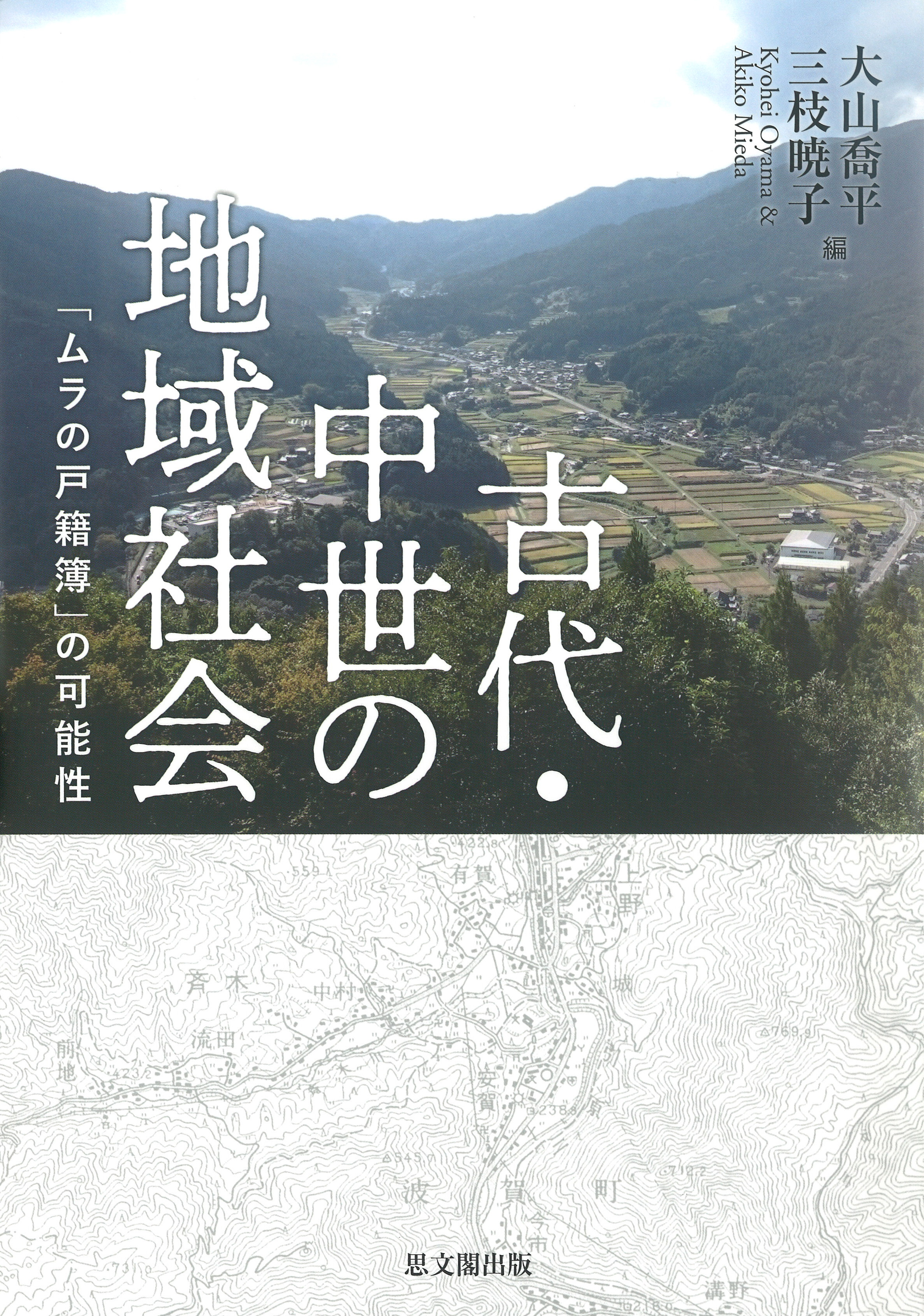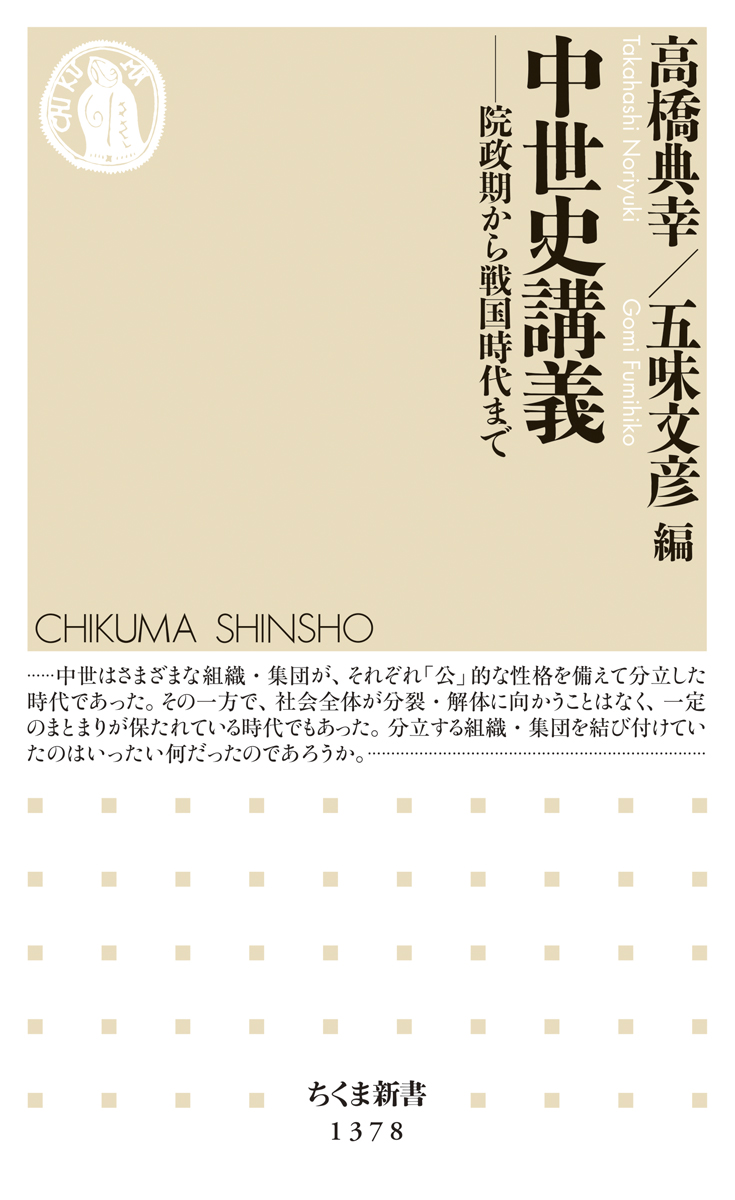
Title
Chikuma Shinsho Chusei-shi Kogi (Lectures on Medieval History: From the Insei to Sengoku Periods)
Size
272 pages, paperback pocket edition
Language
Japanese
Released
January 07, 2019
ISBN
978-4-480-07199-6
Published by
Chikuma Shobo
Book Info
See Book Availability at Library
Japanese Page
This book is a volume in the History Lecture Series in Chikuma Shobō’s Chikuma Paperbacks (Chikuma Shinsho), a series that aims to “convey the latest research findings in an easy-to-understand manner.” Fifteen topics in the fields of politics, the economy, society, religion, culture, and overseas contacts in Japan’s medieval period were selected, and the latest research on each of these topics has been presented by fourteen contributors. Chronological considerations were also taken into account when choosing and arranging the topics, and efforts have been made to enable the reader to gain a grasp of the flow of Japan’s medieval history by reading this book from start to finish.
It is often said that the medieval period is difficult to understand. If we consider political power, warrior régimes such as the Kamakura shogunate and Muromachi shogunate would seem to have wielded the real political power, but at the same time the imperial court and aristocratic society also retained a certain position in the political arena. In addition, large temples and shrines such as Enryakuji on Mount Hiei and Kōfukuji in Nara had their own armed forces in the form of warrior-monks and their own sources of revenue in the form of proprietary estates and frequently took actions opposed to the shogunate or imperial court. Furthermore, during the Sengoku period adherents of the teachings of the Jōdo Shin sect in the province of Kaga (present-day Ishikawa prefecture) drove out all the warriors in the province and seized political power. The medieval period could indeed be described as a time when various organizations and groups existed independently. But it should be noted that society as a whole had not become fragmented or divided. It is here that the reason for the difficulties in understanding the medieval period lies. But at the same time this also constitutes the appeal of this period. Rather than defining the medieval period uniformly or en bloc in a particular way, we would first like readers to turn their attention to the diversity of the medieval period. This is why this book is no mere general history and has been structured around different topics. The aim of this book is to enable the reader to gain a real sense of how the medieval period is characterized by the intermingling of and changes in various aspects of this diversity. We very much hope that readers will read through this book from beginning to end.
There is no space here to mention specific details of the latest research findings, but one further experiment made in this book that I would like to mention is its describing of aspects of the study of history. The most important aspect of the study of history is discovering and analyzing leads for approaching the past, that is, historical sources. These historical sources are not limited to works written by earlier people, and relics and remains discovered through excavations are also important historical sources. We hope the reader will also take note of how history is interpreted on the basis of such sources. There are also instances in which the results of the analysis of historical sources do not allow of just one interpretation and opinions differ, leading to further discussion. This, too, is in fact an important research activity, and the accumulation of such discussion is one of the driving forces behind historical research. This book sheds light on these aspects, too, and we hope that readers will be able to gain a sense of what research involves.
There are limits to what can be conveyed in a paperback, and so this book should be treated as a “pointer” to Japan’s medieval history. You may want to delve deeper into the history of the medieval history by consulting the reference works listed at the end of each chapter, or else, with this book acting as a pointer, you may wish to turn your attention to the ancient or early modern periods or to foreign relations during the medieval period.
(Written by TAKAHASHI Noriyuki, Associate Professor, Graduate School of Humanities and Sociology / 2019)



 Find a book
Find a book


